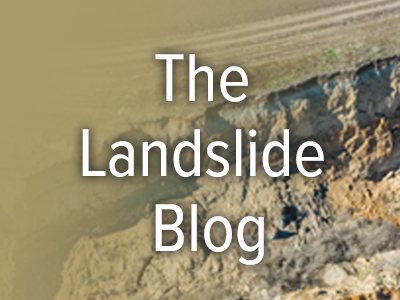Yesterday, catastrophic flood swept down the Bhote Kosi river through Tibet and Nepal. At least 28 people have been killed. There is speculation that this might have been a GLOF.
On 8 July 2025, a catastrophic mudslide / flood suddenly struck the Rasuwagadhi border crossing point between Tibet and Nepal, causing extensive damage. The Himalayan Times reports that there are nine confirmed victims, with a further 19 people missing, in Nepal. Xinhua reports that eleven people are missing in Tibet, but it is unclear as to whether the Nepal figures include these people.
The scale of the event is impressive. All India Radio has posted this video to Youtube:-
Meanwhile, the Nepali Times has reported that the bridge at the at the Rasuwagadhi border crossing point was destroyed, along with a significant part of the infrastructure at that location. Four hydroelectric schemes have been damaged or destroyed (Rasuwagadi, Trisuli III, Trisuli and Benighat), removing 8% of Nepal’s generation capacity.
Rasuwagadhi is located at [28.27875, 85.37808], on the Bhote Kosi river. It is going to be important to understand what has happened to cause this flood. There is speculation that this was a glacial lake outburst flood (GLOF), which is very possible. It could also have been the collapse of a landslide dam or a high altitude landslide that transitioned into a debris flow. I’ll keep an eye on the satellite imagery over the coming days, but at the peak of the monsoon, it may take some time to get a clear image.
Kirsten Cook of the Université Grenoble Alpes has posted to Bluesky some seismic data from a station near to Kathmandu (a long distance downstream of Rasuwagadhi), which shows the flood:-
The annual time period in which cross-border trade between Tibet and Nepal is possible is short, so the damage to the border infrastructure is likely to have significant implications for Nepal. The loss of the electricity generating capacity is likely to be a greater issue in the long term.
I have highlighted previously that I am concerned that the risks associated with these catastrophic landslides / floods in Himalayan valleys are not being adequately considered. This is the third time in four years that such an event has caused massive damage to power generation infrastructure (after the 2021 Chamoli event and the 2023 Sikkim event). The investment cases for these projects much be increasingly difficult to justify, which will have a range of significant wider economic implications.


